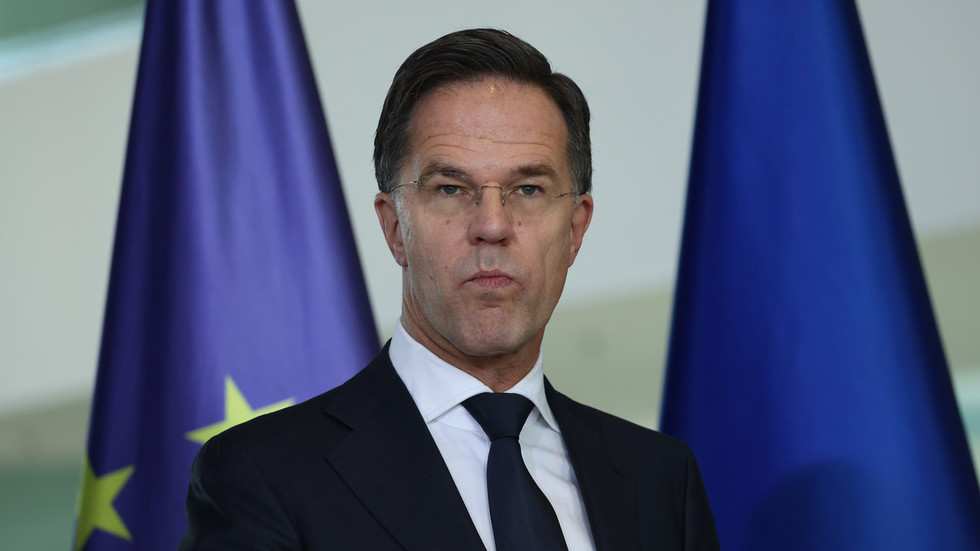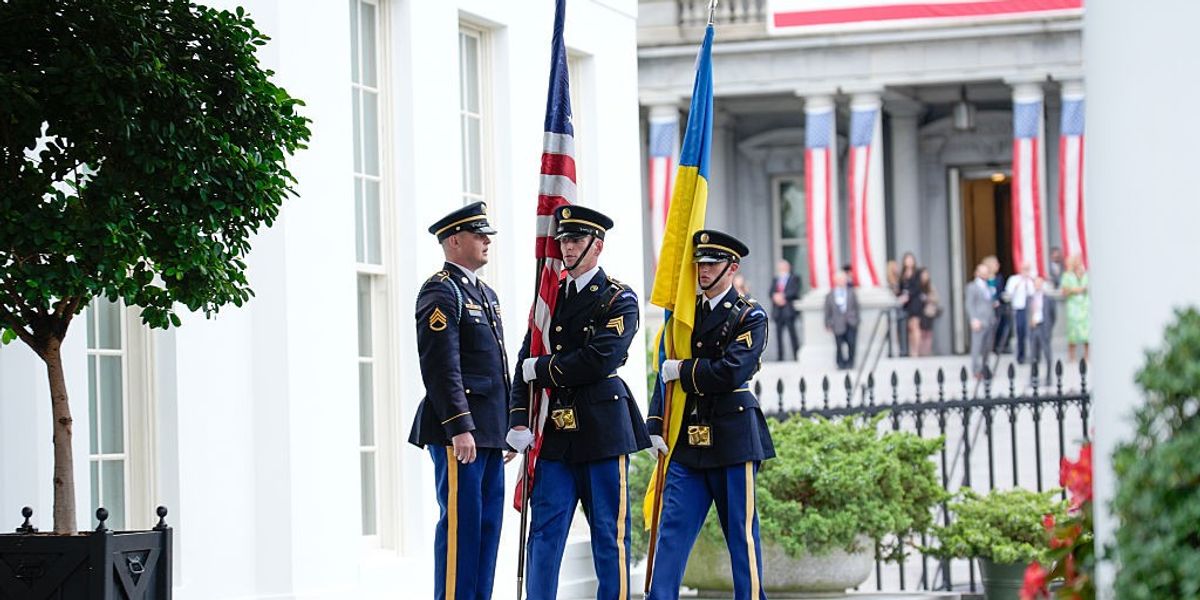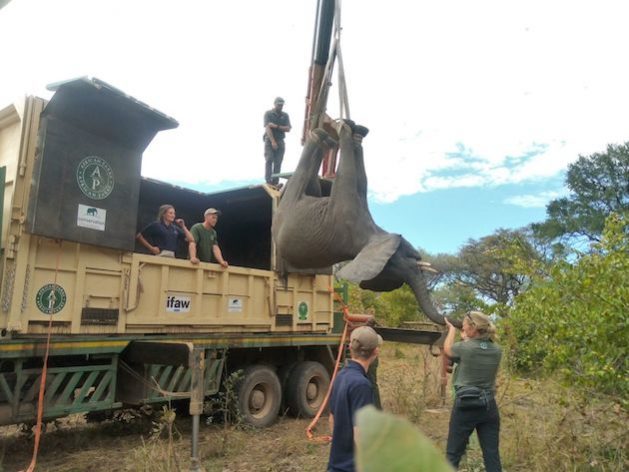THE first pictures have emerged of the Nord Stream pipeline after it was blown up in a suspected Russian attack.
The shocking images show the twisted remains of the pipeline, three weeks after explosions caused mini earthquakes to be detected.
5

5

5
The Nord Stream 1 and 2 pipelines connect Russia to Germany and have been at the centre of tensions with Russia.
Vladimir Putin cut gas supplies in retaliation over sanctions imposed over his invasion of Ukraine and has been accused of ordering the attack on the pipeline.
Footage taken by Swedish investigator shows twisted metal on the Nord Stream 1 pipeline, 262ft down in the Baltic Sea.
“It is only an extreme force that can bend metal that thick in the way we are seeing,” drone operator Trond Larsen told Expressen, who revealed the footage.


The video shows around 165ft of pipeline has been destroyed or buried under the seafloor, while long tears can be seen on the seabed leading up to the burst pipe.
Larsen, who piloted the submersible drone which captured the video, also said you could also see “a very large impact on the seabed around the pipe”.
The two Nord Stream pipelines were damaged by explosions under the Baltic Sea between Denmark and Sweden at the end of September, causing four leaks.
Swedish authorities announced on October 6 they had conducted an underwater inspection of the site and collected “pieces of evidence” and inspection backed up suspicions of probable sabotage.
Meanwhile, Danish police on Tuesday said they had completed several inspections of the leaks in the Danish zone, together with the intelligence service PET.
“Inspections have confirmed that there has been extensive damage to Nord Stream 1 and 2 in the Danish exclusive economic zone and that the damage was caused by powerful explosions,” they said.

5
The attacks on the Nord Stream 1 and 2 pipelines sent millions of cubic metres of methane boiling to the sea’s surface and pushed sky-high gas prices even higher.
Security experts have claimed a crack force of divers from a shadowy Russian special ops unit could be behind the attack on the Nord Stream gas pipeline.
Spetsnaz frogmen – a secretive branch of the Russian military – and underwater drones could have been deployed to blow up the strategically-important supply route.
Another probable cause, according to a British military source, is that the Russians special ops may have discreetly laid mines from a disguised commercial vessel and detonated them days or weeks later.


Pipelines, rigs and undersea cables could be next on Russia’s hit list as ‘gangster’ Putin tries to cow Europe into ending support for Ukraine.
In January, the Chief of Defence Staff Admiral Sir Tony Radakin said there had been a “phenomenal increase in Russian submarine and underwater activity” over the past 20 years.

5
















